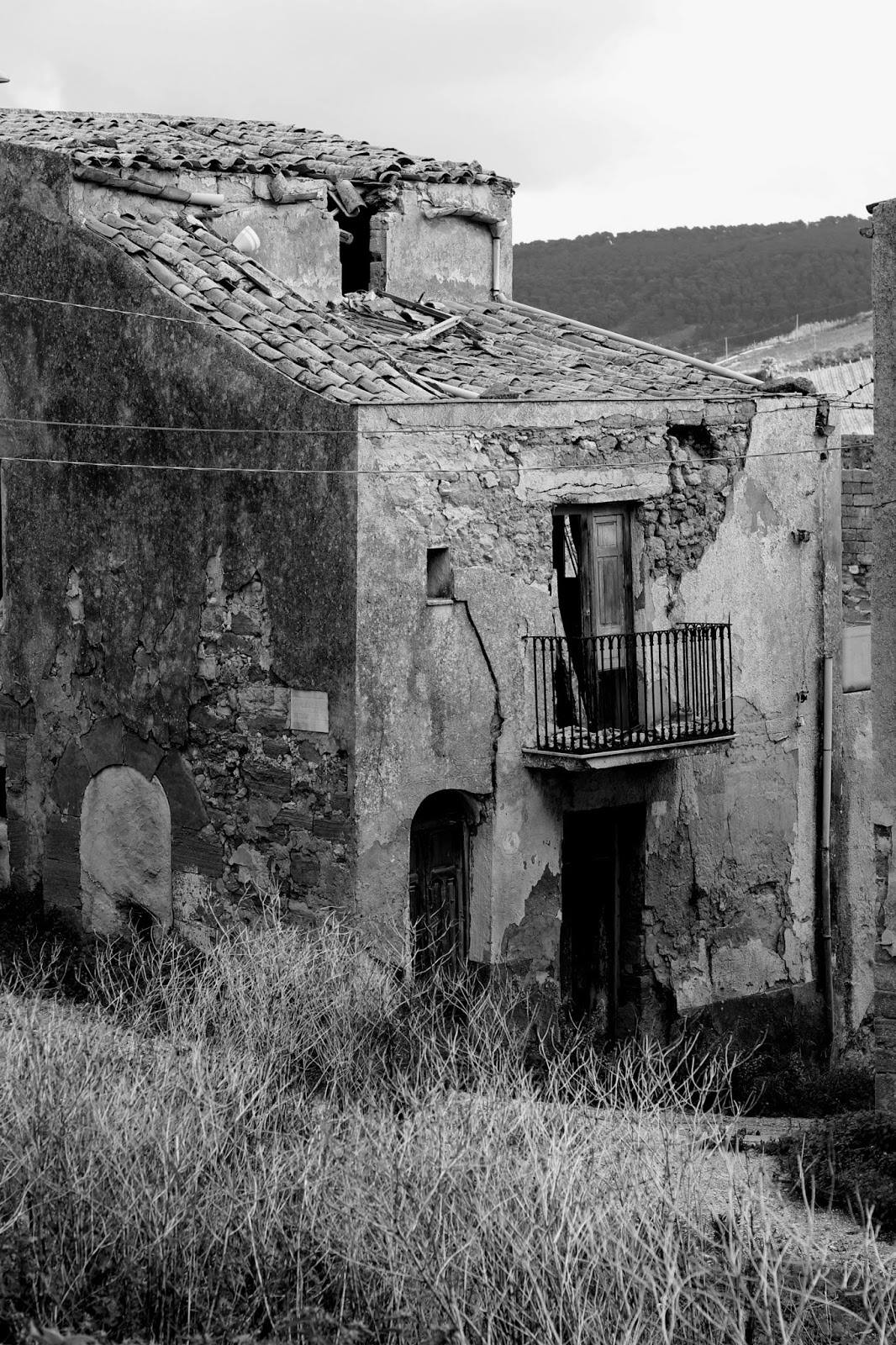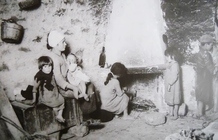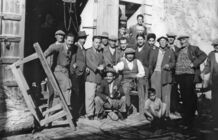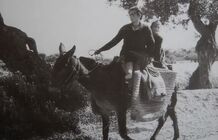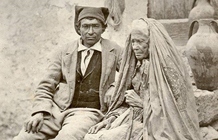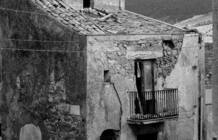The house
The farmer’s house was usually very small, with a narrow doorstep, a couple of chairs, two beds, and oven, a couple of chickens and some fertilizer kept in a corner of the room. Sometimes the room was covered with shingles and providing there was a second floor, it was an attic only accessible with a wooden ladder. In the attic there was usually kept a bed only made of hay. The ceiling was usually uneven and rays of light were coming through, along with rain and winds. Hygiene was poor.
Besides, considering field workers were not able to come back to their far villages, they were forced to live in the so-called “pagghiara”, very poor home sheds were they were often used to take families into too. A “pagghiaru” was usually a 1 meter height shed made of bricks and wooden poles going from the ground up to the center of the room in a circular shape and on which the hay and twigs made ceiling was then attached. The rooms was perhaps 40-50 square feet. Three beds were usually located on each side of the room with a fireplace on the center. A pot was usually hanged to a pole going down from the ceiling. Doorstep was usually narrow and small and people were force to bend to go through. A shed like that was not meant to be inhabited by more than six people but it was used for more.
The normal houses were lighted up by oil lanterns and in the poorest farmer houses, the traditional so-called “Lumera” oil lamps were hanged on the wall. They were made of iron and the fire was fueled by olive oil.
Outside the doorstep, a raw spruce table was generally used on which folks used to have breakfast, to have a drink and chat together. Kitchen was usually located in a particular part of the house. It was a simple gypsum fireplace a few centimeters high from the ground and made of two three large rocks. A huge terracotta pot was usually placed on top of the rocks and used to cook the stew at dusk.
Considering the space was limited and people used to live among animals, women used to put many efforts to keep the houses clean and tidy. Lorenzoni used to say, “Women would be ashamed if the floor even if made of earth was not clean”. Saturdays were the days used to housekeeping. Floor was moped, dishes were washed clean, the table was polished, and the motto says:
Fari sabbato - Do the Saturdays
The walls are usually whitened during the village celebrations or during other particular events. A Saint Mary image, a crucifix and other religious figures are attached on the walls and above the bedside to bring fortune and shelter to the family.
